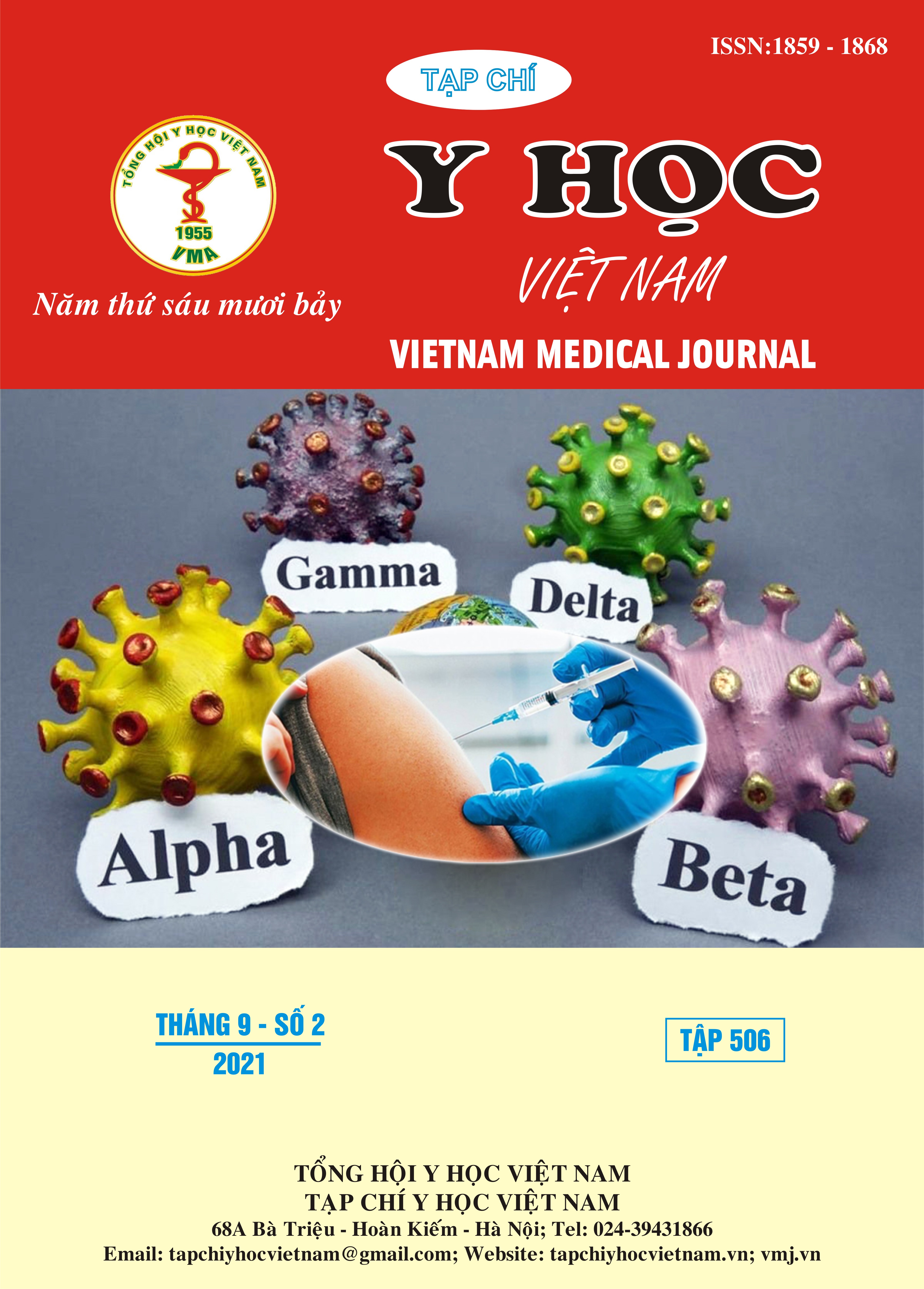TỔNG QUAN VỀ HIỆU QUẢ ĐÓNG CHÓP RĂNG VĨNH VIỄN BẰNG MINERAL TRIOXYDE AGGREGATE
Nội dung chính của bài viết
Tóm tắt
Mục tiêu: Tổng kết hiệu quả điều trị đóng chóp răng vĩnh viễn bằng Mineral Trioxyde Aggregate (MTA) theo phương pháp tổng quan có hệ thống. Phương pháp: Tổng quan nghiên cứu có hệ thống với nhóm can thiệp sử dụng MTA, nhóm đối chứng sử dụng calcium hydroxide (Ca(OH)2). Trên đối tượng có răng vĩnh viễn chưa đóng chóp vì bệnh lý tủy hoại tử hoặc viêm quanh chóp mạn tính. Kết quả: Thời gian đóng chóp trung bình của nhóm chứng dao động trong khoảng từ 1,35 ± 0,275 tháng đến 3,0 ± 2,9 tháng, trong khi thời gian đóng chóp của nhóm đối chứng dao động từ 1,95 ± 0,45 tháng đến 7,93 ± 2,53 tháng. Số răng hình thành hàng rào tổ chức cứng quanh chóp ở nhóm chứng từ 7 - 29 răng, ở nhóm đối chứng từ 9 - 27 răng. Tỷ lệ đóng chóp thành công trên lâm sàng của các răng ở nhóm MTA dao động trong khoảng từ 90% đến 100%. Tỷ lệ đóng chóp thành công trên lâm sàng của các răng ở các nhóm đối chứng dao động trong khoảng từ 73,30% đến 93,33%. Tỷ lệ đóng chóp thành công trên X-quang của các răng ở nhóm MTA dao động trong khoảng từ 82,4% đến 100%. Tỷ lệ đóng chóp thành công trên X-quang của các răng ở các nhóm đối chứng dao động trong khoảng từ 75% đến 93,33%. Kết luận: Cả hai vật liệu MTA và Ca(OH)2 đều có tỷ lệ đóng chóp thành công trên lâm sàng, tỷ lệ thành công trên X-quang tương tự nhau. Tuy nhiên, về thời gian hình thành hàng rào tổ chức cứng (HRTCC) quanh chóp ở nghiên cứu này của MTA ngắn hơn rõ rệt so với Ca(OH)2.
Chi tiết bài viết
Từ khóa
Răng vĩnh viễn chưa đóng chóp, MTA, Apexification
Tài liệu tham khảo
2. Moher D, Liberati A, Tetzlaff J, Altman DG, PRISMA Group. Preferred reporting items for systematic reviews and meta-analyses: the PRISMA statement. Int J Surg Lond Engl. 2010;8(5):336-341. doi:10.1016/j.ijsu.2010.02.007
3. Plascencia H, Díaz M, Gascón G, et al. Management of permanent teeth with necrotic pulps and open apices according to the stage of root development. J Clin Exp Dent. 2017;9(11):e1329-e1339. doi:10.4317/jced.54287
4. Higgins JPT, Thomas J, Chandler J, et al. Cochrane Handbook for Systematic Reviews of Interventions. John Wiley & Sons; 2019.
5. Jia-Cheng Lin. Comparison of mineral trioxide aggregate and calcium hydroxide for apexification of immature permanent teeth: A systematic review and meta-analysis - PubMed. Accessed August 20, 2021. https://pubmed.ncbi.nlm.nih.gov/26911724/
6. Torabinejad M, Hong CU, McDonald F, Pitt Ford TR. Physical and chemical properties of a new root-end filling material. J Endod. 1995; 21(7): 349-353. doi:10.1016/S0099-2399(06) 80967-2
7. Rafter M. Apexification: a review. Dent Traumatol Off Publ Int Assoc Dent Traumatol. 2005;21(1):1-8. doi:10.1111/j.1600-9657.2004.00284.x
8. No Authour. Appendix: Jadad Scale for Reporting Randomized Controlled Trials. In: Evidence-Based Obstetric Anesthesia. John Wiley & Sons, Ltd; 2005:237-238. doi:10.1002/ 9780470988343.app1
9. Chala S, Abouqal R, Rida S. Apexification of immature teeth with calcium hydroxide or mineral trioxide aggregate: systematic review and meta-analysis. Oral Surg Oral Med Oral Pathol Oral Radiol Endod. 2011;112(4):e36-42. doi:10.1016/j.tripleo.2011.03.047


